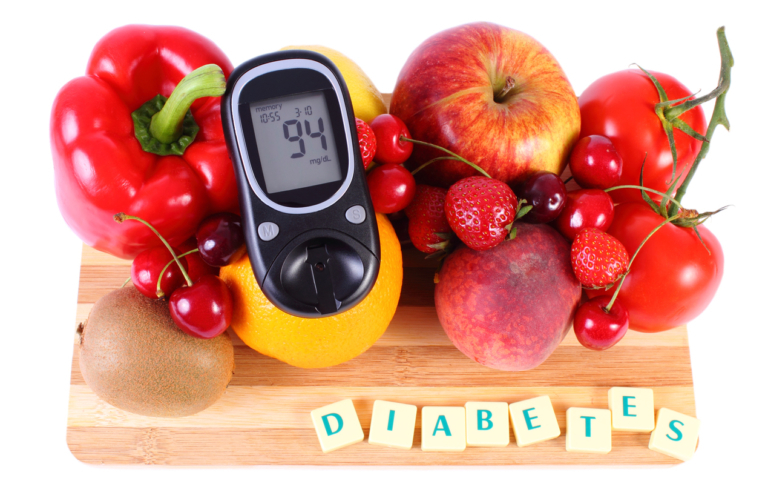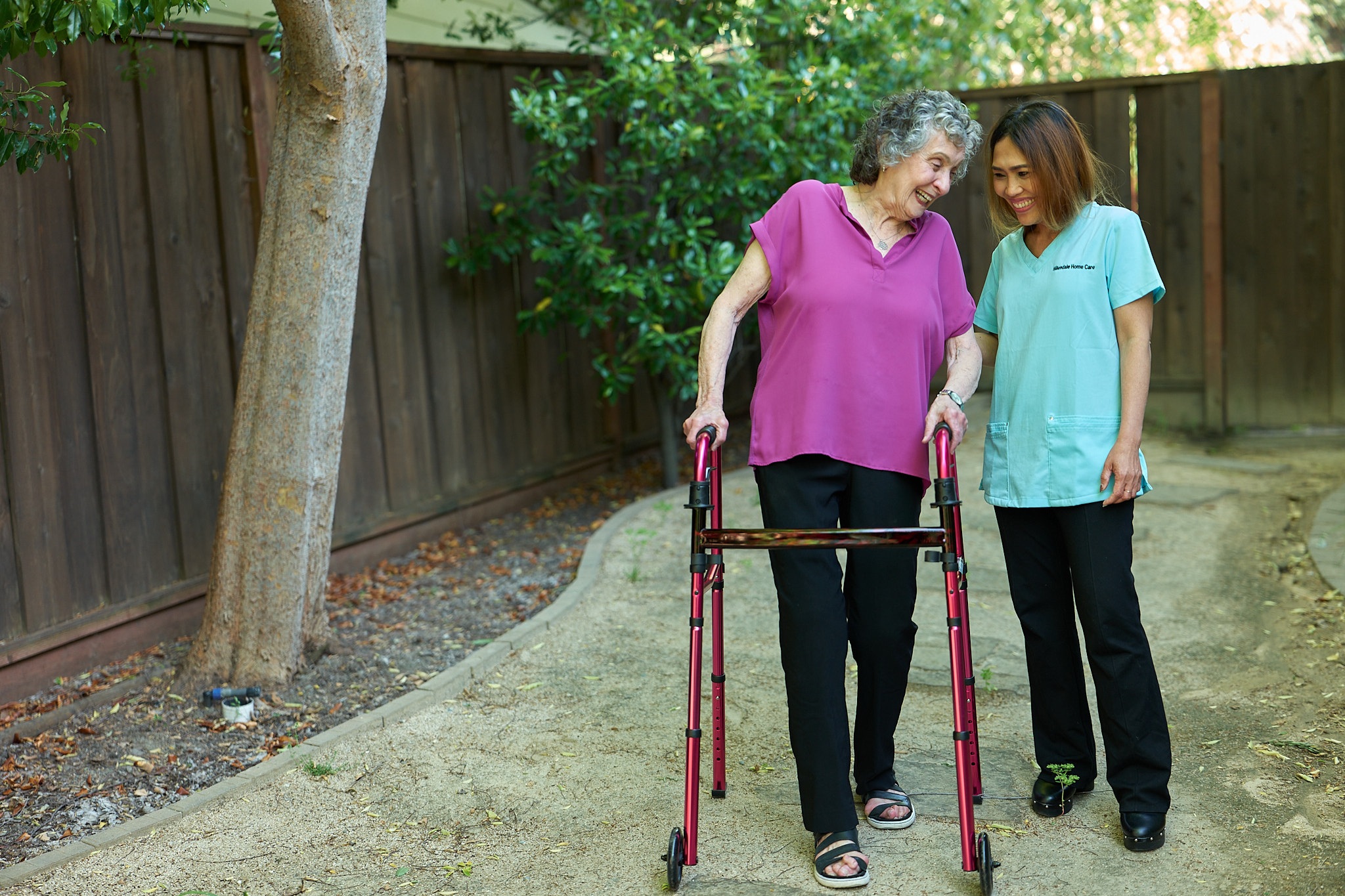Despite what many believe, diabetes is not a one-size-fits-all condition. Because the risk factors, symptoms and treatments can vary widely between type 1, type 2, and gestational diabetes, the senior care professionals at Hillendale Home Care provide the following explanation to help make it easier to understand the different types of diabetes.
Gestational Diabetes
Gestational diabetes, as its name implies, affects exclusively expectant mothers, usually presenting at about the 24th week of pregnancy. Gestational diabetes impacts both the mother and her baby, and is identified in as many as 9% of pregnancies.
Type 1 Diabetes
Often diagnosed in children and young adults, and previously known as juvenile diabetes, type 1 diabetes takes place when the body’s immunity destroys the insulin-producing cells of the pancreas. When these cells are destroyed, sugar from the food a person consumes cannot be removed out of the blood and starts to build up. When sugar develops in the blood instead of in the body’s cells, the cells begin to starve for nutritional elements, causing other systems in the person’s body to work to provide energy to keep the body functioning. According to the American Diabetes Association, only 5% of diabetics have this kind of diabetes.
Symptoms of type 1 diabetes include:
- Elevated thirst
- Increased hunger
- Dry mouth
- Nausea with occasional vomiting
- Abdominal pain
- Frequent urination
- Unexplained weight loss, even though you eat and feel hungry
- Fatigue
- Blurry vision
- Frequent skin or urinary tract infections
Type 2 Diabetes
Type 2 diabetes is the most common form of the disease, affecting 90-95% of individuals with diabetes. Unlike people who have type 1, those with type 2 diabetes produce insulin; but, their pancreas either does not produce enough or the body cannot properly utilize the insulin that is made. This additionally causes sugar to develop within the blood as opposed to supplying nutrition to the body’s cells.
Symptoms of type 2 diabetes include:
- Enhanced thirst
- Increased hunger
- Dry mouth
- Nausea with occasional vomiting
- Numbness or tingling in the feet and hands
- Frequent urination
- Unexplained weight loss, even though you eat and feel hungry
- Tiredness
- Blurry vision
- Frequent infections of the skin or urinary tract
Diabetes management can be complicated, particularly for older adults with co-existing medical conditions. Partnering with a professional senior in-home care agency, like Hillendale Home Care, can help reduce the worries and frustrations surrounding diabetes care, providing as much or as little assistance as required. We begin all services by creating a personalized plan of care and update the plan ongoing as individual needs change. We welcome you to contact us at 925-933-8181 to learn more about our in-home elder care in Walnut Creek and the surrounding area.



